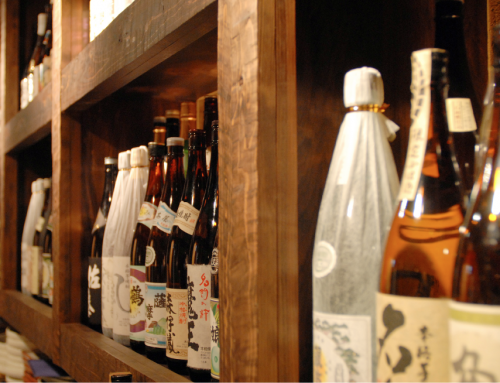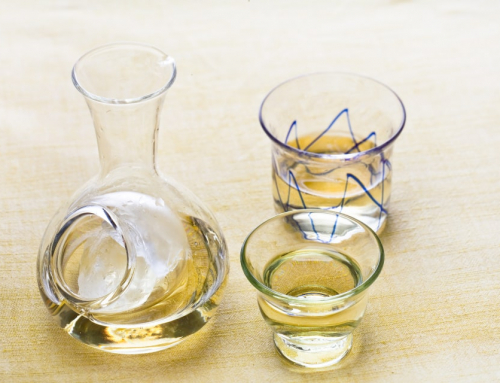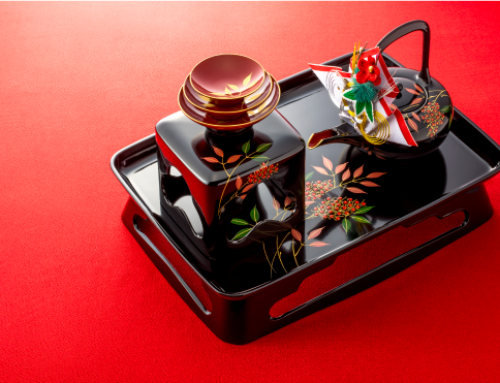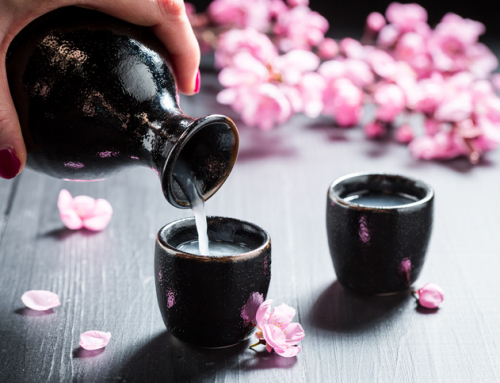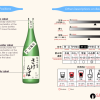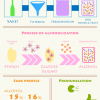Contents
You will be able to enjoy sake even more by knowing the terms of sake that you see and hear at restaurants and liquor stores.
This time, we will introduce the word “fruity,” which is often used to describe sake.
What is “fruity” in sake?
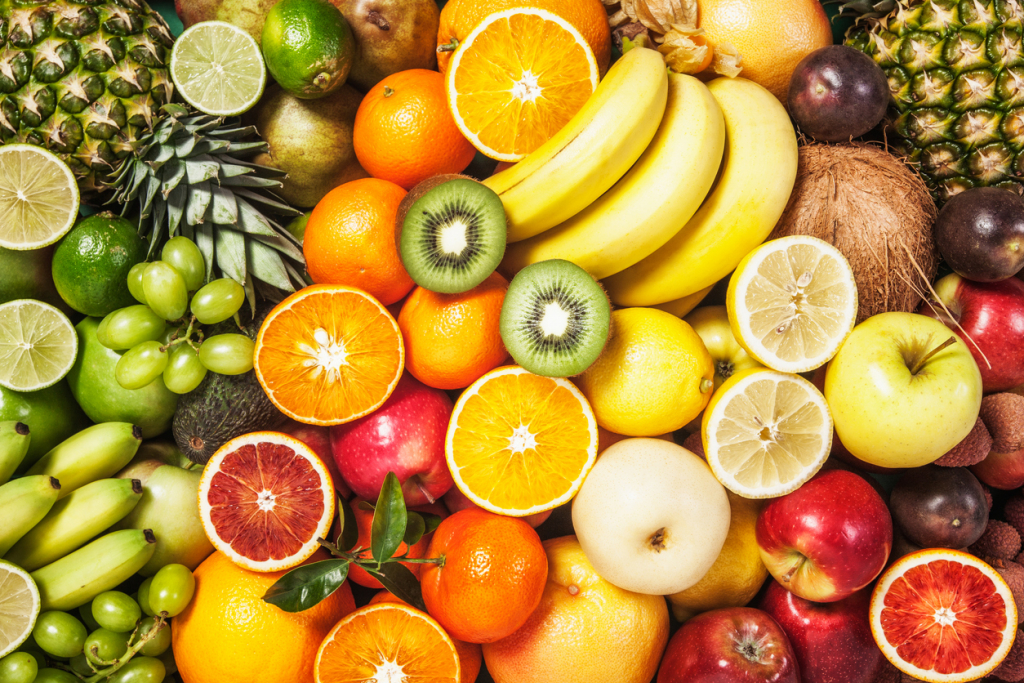
What kind of aroma and taste do you picture when you hear that a sake is fruity?
In the world of sake, “fruity” is generally used to describe “a gorgeous and sweet aroma” and “fruity flavor”. It is often described with the following fruits.
・ Melon: Sweet aroma and sweetness of melon pulp
・ Banana: Sweet aroma and sweetness of ripe banana
・ Grape: Sweet scent like peeling kyoho, sweetness of pulp
・ Apple: Scented apple, refreshing sourness and sweetness
・ White peach: Aroma and sweetness of the flesh of white peach
・ Pineapple: Tropical, sweet and sour aroma and taste
Actually, it does not have the scent of only one of them, but in most cases various elements are mixed.
In tastings conducted by professionals, instead of “drinking and exploring what kind of elements there are,” they instead “try it and explore the elements of melons, bananas, white peaches, etc.”
Now here’s a question
Q.The only basic ingredients for sake are rice, rice malt and water, but where does the fruity aroma come from?
A.The origin of the scent are compounds (isoamyl acetate, ethyl caproate, etc.) produced by yeast as alcohol fermentation proceeds. Various aroma elements are created during the fermentation process!
Is it a flavor or additive? Many of you have surely wondered that. At first, I also thought it was a flavoring.
But it’s not included at all! What a surprise.
Characteristics of fruity sake
「ICHID°」日本酒を頂いたので、オープンフルーツサンドとペアリング!
おうち飲み可愛すぎませんか?❤︎笑
スパークリングの方が甘しゅわで好みぴったり❤︎ 可愛らしさ+スタイリッシュな雰囲気もあって素敵。
コンセプトも共感できて好きだった….!https://t.co/qkacD6hjob#日本酒を可愛く pic.twitter.com/l5rG5jg8rj
— みちゅ@日本酒を可愛く.❁ (@michu_osakegirl) June 22, 2020
Here’s another question.
Q.Sake can be broadly divided into ginjo sake, junmai sake and honjo sake. Which of these three types of sake is most often called fruity?
A.Usually ginjo.
Did you all get the correct answer?
Ginjo sake is made by a method called ginjo zukuri, which is fermenting sake at a low temperature for a long time, so you can enjoy the fruity scent with the unique brilliance called ginjokou.
Also, among the ginjo sake, sake made without adding brewing alcohol is called junmai ginjo sake, and sake made with rice with a rice polishing rate of 50% or less is called daiginjo sake. When choosing fruity sake, be sure to check whether it is a brand classified as ginjo sake.
How to choose fruity sake
- Choose sweet or dry
Most fruity sake is slightly sweet, but some are dry. Sweet sake is characterized by its mellow and rich flavor, making it popular with women as it is easy to drink. You can enjoy the refreshing and crisp taste of dry sake.
If brewed alcohol is added, it will have a relatively dry feel, so if you want a more fruity and mellow sake, junmai ginjo sake is recommended.
- Choose with compatibility with food
Fruity sake goes well with fragrant dishes.
It is recommended to match with Japanese dishes using ingredients with strong scents such as mountain vegetables, chrysanthemum, shiso, and ginger. Also, just adding lemon or kabosu to the dish will make it go great with fruity sake.In addition to Japanese food, it is also recommended to combine Western dishes that are wine steamed, marinades, salad with fruit sauce, Asian dishes such as fresh spring rolls, and cheese.
Conclusion
We hope that you all can enjoy fruity sake!


